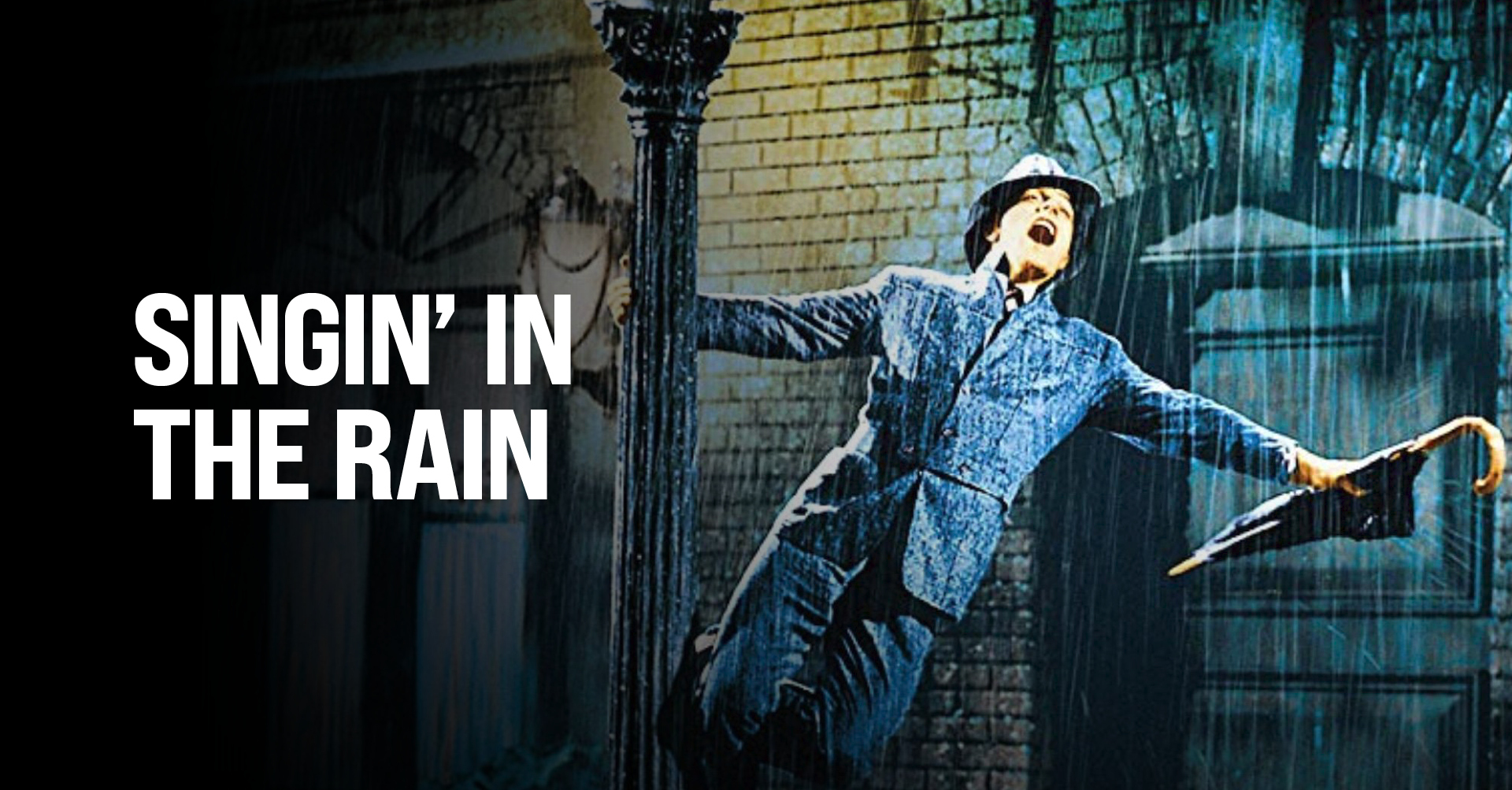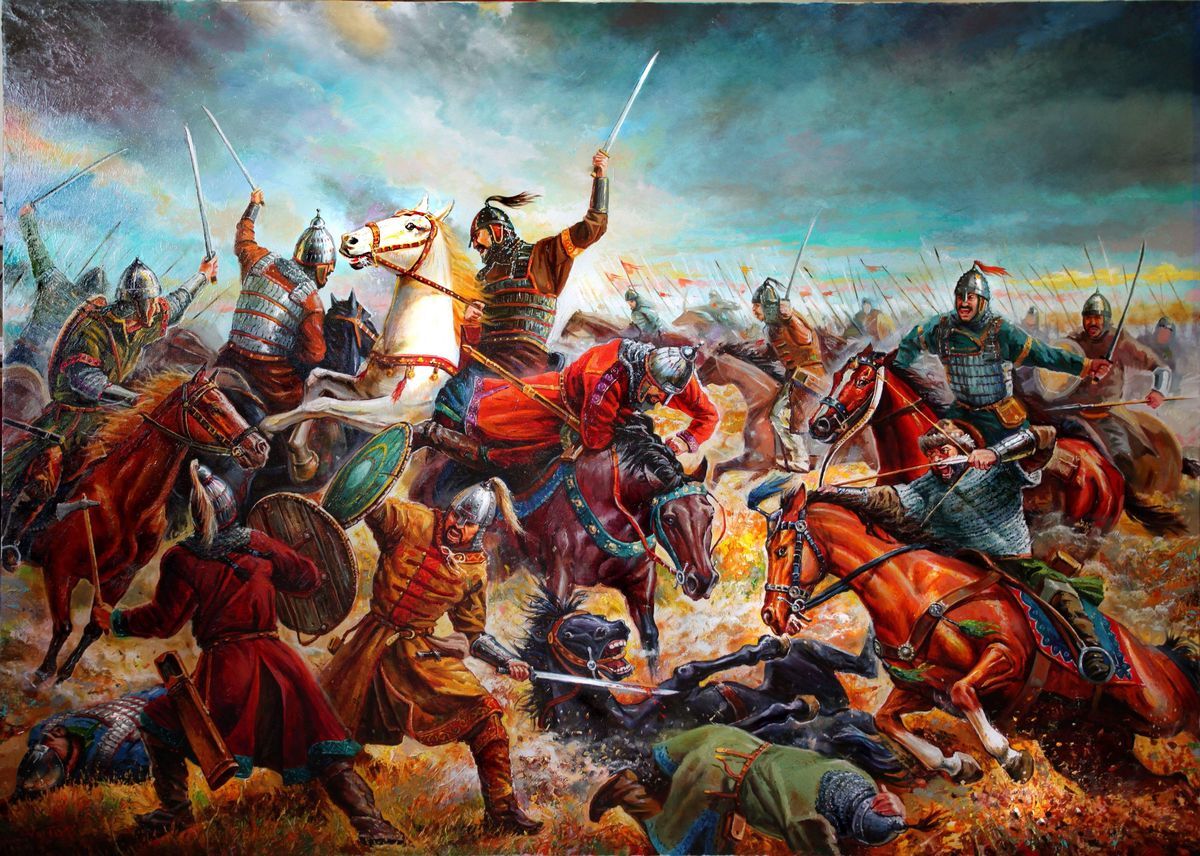
Singin’ in the Rain is a timeless classic that has captivated audiences for decades. Released in 1952, this iconic musical film has become a beloved favorite, known for its catchy songs, exuberant dance numbers, and humorous storyline. Set in the late 1920s, Singin’ in the Rain tells the tale of a Hollywood star, Don Lockwood, played by the talented Gene Kelly, who finds himself grappling with the transition from silent films to “talkies.” With its memorable characters, dazzling choreography, and unforgettable performances, Singin’ in the Rain has left an indelible mark on the world of cinema. In this article, we will dive into 45 fascinating facts about this iconic movie that continue to enchant audiences to this day.
Key Takeaways:
- “Singin’ in the Rain” is a timeless classic that showcases the transition from silent films to talkies, featuring iconic dance numbers and a lighthearted, comedic tone.
- Gene Kelly’s incredible talent and the film’s impact on popular culture solidify “Singin’ in the Rain” as one of the greatest movie musicals of all time.
Singin’ in the Rain was released in 1952.
The film was released on March 27, 1952, and quickly became a beloved classic of the musical genre.
Singin’ in the Rain was directed by Gene Kelly and Stanley Donen.
Gene Kelly and Stanley Donen co-directed the movie, combining their talents to create a visually stunning and highly entertaining film.
The movie stars Gene Kelly, Donald O’Connor, and Debbie Reynolds.
Gene Kelly, Donald O’Connor, and Debbie Reynolds deliver memorable performances in this iconic movie.
Singin’ in the Rain is set in Hollywood during the transition from silent films to talkies.
The film provides a comical and insightful look into the challenges faced by filmmakers during this transformative period in cinema history.
The song “Singin’ in the Rain” was originally featured in the 1929 film The Hollywood Revue of 1929.
The iconic song was repurposed and became the centerpiece of this movie, showcasing Gene Kelly’s incredible dance skills.
Singin’ in the Rain was nominated for two Academy Awards.
The film received nominations for Best Supporting Actress (Jean Hagen) and Best Musical Score.
Singin’ in the Rain is known for its memorable dance numbers.
The film features several unforgettable dance sequences, including Gene Kelly’s solo performance of the title song in the pouring rain.
The movie was initially met with mixed reviews.
Despite its eventual status as a classic, Singin’ in the Rain received mixed reviews upon its initial release.
Singin’ in the Rain has been preserved in the United States National Film Registry.
In 1989, the Library of Congress selected the film for preservation due to its cultural, historical, and aesthetic significance.
The screenplay for Singin’ in the Rain was co-written by Betty Comden and Adolph Green.
The creative duo behind the script, Betty Comden and Adolph Green, contributed to the film’s witty humor and sharp dialogue.
The famous scene of Gene Kelly dancing in the rain was accomplished with a specially designed set.
To create the illusion of rain, a set with water pipes and rain machines was built specifically for that iconic sequence.
Singin’ in the Rain showcases a mix of original songs and well-known standards.
In addition to the title song, the film features popular tunes such as “Make ‘Em Laugh” and “Good Morning.
Debbie Reynolds was only 19 years old when she starred in the movie.
Debbie Reynolds, who plays the role of Kathy Selden, was still a teenager when she was cast in Singin’ in the Rain.
The film’s choreography was primarily done by Gene Kelly himself.
Gene Kelly took charge of the film’s choreography, showcasing his incredible talent and creativity in the dance sequences.
Singin’ in the Rain features stunning Technicolor cinematography.
This vibrant use of color adds to the film’s visual appeal and enhances the overall viewing experience.
The “Good Morning” number required dozens of takes to get right.
The energetic and complex dance routine took numerous attempts to ensure perfection.
Gene Kelly choreographed the famous dance sequence with the lamppost.
The iconic moment of Gene Kelly swinging around a lamp post was his own creation.
Singin’ in the Rain is known for its lighthearted and comedic tone.
The film’s humor and joyful atmosphere make it a feel-good classic that stands the test of time.
The character of Cosmo Brown, played by Donald O’Connor, provides comedic relief throughout the movie.
Donald O’Connor’s portrayal of Cosmo Brown brings laughs and charm to the story.
Singin’ in the Rain was not a box office success upon its initial release.
Despite its eventual critical acclaim, the film did not achieve significant commercial success until later years.
The film’s success led to a Broadway adaptation in 1985.
Due to the enduring popularity of Singin’ in the Rain, a stage version was created and enjoyed a successful run on Broadway.
Singin’ in the Rain inspired many future musicals and influenced popular culture.
The film’s impact can be seen in subsequent musicals and its scenes have been referenced and parodied in various forms of media.
The movie’s title song, “Singin’ in the Rain,” has become an iconic anthem for joy and optimism.
The upbeat and infectious song has permeated popular culture and is often associated with happiness and positivity.
Singin’ in the Rain is ranked as one of the greatest films of all time.
Over the years, the movie has garnered critical acclaim and is consistently included in lists of the best films ever made.
The initial concept for Singin’ in the Rain came from an MGM producer named Arthur Freed.
Arthur Freed, a producer at MGM, had the idea to create a film featuring songs from his extensive catalog of musical compositions.
Singin’ in the Rain features a memorable sequence with Gene Kelly and Cyd Charisse.
In the “Broadway Melody” sequence, Gene Kelly and Cyd Charisse deliver a mesmerizing dance routine that captivates audiences.
The film’s extravagant costumes and set designs add to its visual splendor.
The elaborate and detailed costumes and sets create a visually stunning backdrop for the story.
Singin’ in the Rain was initially conceived as a vehicle to showcase MGM’s musical talent.
The film was an opportunity for MGM to highlight its roster of talented actors, singers, and dancers.
The character of Lina Lamont, played by Jean Hagen, provides comedic conflict in the movie.
Jean Hagen’s portrayal of Lina Lamont, with her distinct voice and hilarious misunderstandings, adds to the film’s comedic moments.
Singin’ in the Rain features a mix of comedy, romance, and musical numbers.
The movie successfully combines these elements to create a well-rounded and entertaining experience.
The film pays homage to the silent film era with its scenes depicting early Hollywood.
Singin’ in the Rain captures the essence of the silent film era and provides a glimpse into the challenges faced during the transition to sound.
Singin’ in the Rain was not a critical success upon its original release.
Despite its eventual acclaim, the film received a lukewarm reception from critics at the time.
Gene Kelly worked tirelessly to perfect his dance routines in the film.
Kelly trained extensively and pushed himself physically to deliver the energetic and precise dance performances showcased in the movie.
Singin’ in the Rain features memorable comedic moments and slapstick humor.
The film’s comedic timing and physical comedy add to its overall entertainment value.
Singin’ in the Rain’s success led to a renaissance of movie musicals in the 1950s.
The popularity of Singin’ in the Rain sparked renewed interest in the musical genre, resulting in the production of many other successful musical films.
The film showcases the importance of adaptation and embracing change.
The storyline of Singin’ in the Rain explores the need for the film industry to adapt to new technologies and challenges.
Singin’ in the Rain has been referenced and parodied in numerous TV shows, movies, and commercials.
The film’s iconic scenes and songs have been spoofed and paid homage to in various forms of media over the years.
Singin’ in the Rain is considered one of the greatest movie musicals of all time.
The combination of memorable songs, captivating dance sequences, and engaging performances have solidified its status as a beloved classic.
The film’s success helped establish Gene Kelly as one of the greatest entertainers in film history.
Gene Kelly’s talent and charisma in Singin’ in the Rain cemented his status as a legendary figure in the world of musical films.
Singin’ in the Rain’s impact on popular culture is still evident today.
Even decades after its release, the film continues to be celebrated and referenced in various forms of media.
Singin’ in the Rain was included in the American Film Institute’s list of the 100 greatest American films.
In 1998, the American Film Institute ranked Singin’ in the Rain as the fifth greatest American film of all time.
Singin’ in the Rain features a compelling love triangle between the characters.
The romantic storyline adds depth and emotional resonance to the film’s lighthearted tone.
The movie’s success helped popularize the genre of movie musicals in the 1950s.
Singin’ in the Rain played a significant role in the revival of the musical genre, paving the way for other successful musical films in the following years.
The film’s enduring popularity has led to numerous stage adaptations and revivals.
Singin’ in the Rain has been adapted for the stage and continues to delight audiences with its catchy songs and entertaining dance sequences.
Singin’ in the Rain remains a timeless classic that continues to captivate audiences of all ages.
The film’s catchy tunes, dazzling dance numbers, and endearing characters make it a beloved favorite amongst movie enthusiasts.
Conclusion
In conclusion, Singin’ in the Rain is an iconic movie that has captivated audiences for decades. From its catchy musical numbers to its memorable characters, this film has left an indelible mark on the world of cinema. With its seamless blend of comedy, romance, and music, Singin’ in the Rain continues to be celebrated as one of the greatest movie musicals of all time.The movie not only showcased the incredible talents of Gene Kelly, Donald O’Connor, and Debbie Reynolds, but it also brought us timeless songs like “Good Morning” and the title track, “Singin’ in the Rain.” The film’s impeccable choreography and stunning dance sequences have set the bar high for future musicals.Singin’ in the Rain is a testament to the magic of the silver screen and a reminder of the joy that musicals can bring. Its enduring popularity is a testament to its timeless appeal, and it will continue to be celebrated for generations to come.
FAQs
1. Who starred in Singin’ in the Rain?
Singin’ in the Rain starred Gene Kelly, Donald O’Connor, and Debbie Reynolds in the lead roles.
2. When was Singin’ in the Rain released?
The movie was released in 1952.
3. Who directed Singin’ in the Rain?
Singin’ in the Rain was directed by Gene Kelly and Stanley Donen.
4. Are the rain scenes in the movie real?
Yes, the rain scenes in the movie were real. They used a combination of water and milk to make the rain more visible on camera.
5. Did the actors do their own dancing?
Gene Kelly and Donald O’Connor did the majority of their own dancing in the movie. Debbie Reynolds, however, had to undergo intense training as she was not a professional dancer.
6. What is the significance of the song “Singin’ in the Rain”?
The song “Singin’ in the Rain” has become synonymous with the movie and has become an iconic musical number in its own right. It represents the joy and exuberance of Gene Kelly’s character as he dances and sings in the rain.
7. Has Singin’ in the Rain won any awards?
Yes, Singin’ in the Rain has won numerous awards, including the Golden Globe for Best Motion Picture – Comedy or Musical in 1953.
If you enjoyed learning about this iconic movie musical, why not explore some other fascinating topics? Discover the hidden treasures within the Royal College of Music Library, where musical history comes alive. Travel back in time with the classic film "Butterfield 8" and its captivating behind-the-scenes stories. And don't miss the chance to learn about the legendary 1950s rock and roll pioneer Buddy Holly and his band, The Crickets.
Was this page helpful?
Our commitment to delivering trustworthy and engaging content is at the heart of what we do. Each fact on our site is contributed by real users like you, bringing a wealth of diverse insights and information. To ensure the highest standards of accuracy and reliability, our dedicated editors meticulously review each submission. This process guarantees that the facts we share are not only fascinating but also credible. Trust in our commitment to quality and authenticity as you explore and learn with us.


